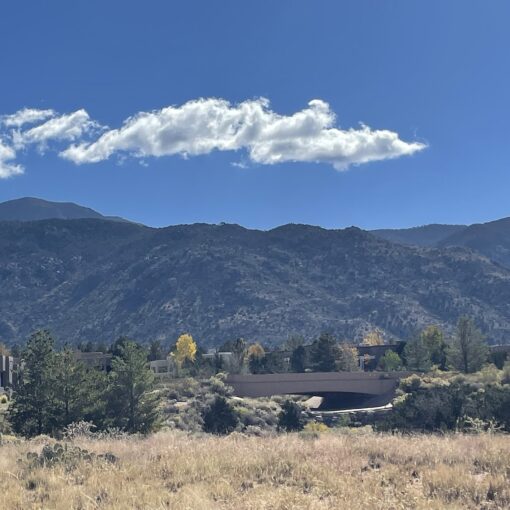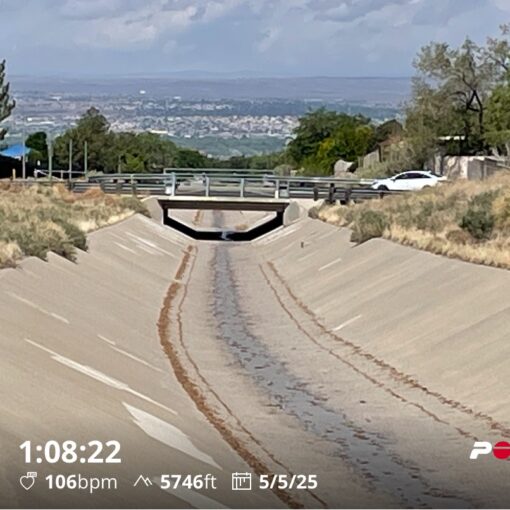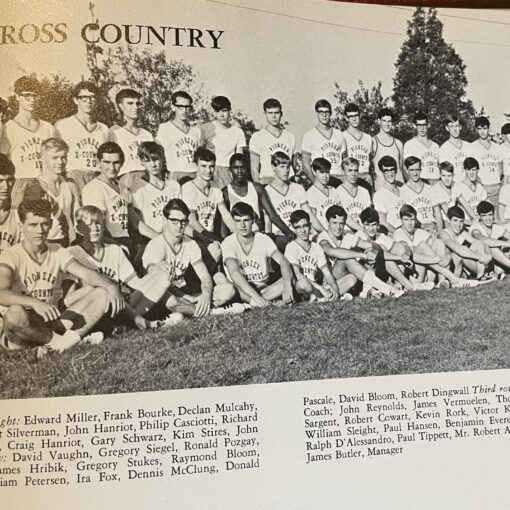The history of the Hardrock 100 began well before the first running of the race in 1992. It started with the need of the people of Silverton as the mining boom faded in the late 20th century. The race began this morning at 6:00 am just as it has almost every early July since 1992. Scroll down to learn more about the history of the Hardrock 100 and the gritty people running it today.
Forged in Silver, Run on Iron: The History of the Hardrock 100
In the heart of Colorado’s rugged San Juan Mountains, a crucible of endurance and human spirit is tested each July. The Hardrock Hundred Mile Endurance Run, a name that evokes both the unforgiving landscape and the unyielding will of its participants, is more than just a race. It’s a pilgrimage through history, a “post-graduate” level challenge that has become one of the most iconic and sought-after ultramarathons in the world. But how did this legendary test of grit come to be? Its story is as formidable and fascinating as the peaks it traverses.
The tale of the Hardrock 100 begins not with a starting gun, but with the fading echoes of a mining boom. By the late 20th century, the historic mining towns of the San Juans—Silverton, Telluride, and Ouray—were facing economic uncertainty as the mines that had been their lifeblood for over a century began to close. It was in this climate of change that a new kind of pioneer emerged, one who saw not just the ghosts of the past, but a future forged in a different kind of hard rock: the unwavering spirit of the long-distance runner.
In 1991, a runner named Gordon Hardman had a vision. He imagined a 100-mile run that would link these historic towns, a journey that would follow the very trails and roads carved out by the miners of old. He placed a notice in UltraRunning magazine, a call to arms for fellow adventurers who shared his audacious dream. The call was answered.
John Cappis, with his intimate knowledge of the Telluride-area trails, and Charlie Thorn, an experienced outdoorsman from Los Alamos, joined Hardman to bring the vision to life. Together, they meticulously mapped out a course that was as brutal as it was breathtaking. This was no ordinary trail race. The design was intentional: to create a “post-graduate” challenge that demanded not only supreme physical fitness but also mountaineering skills, self-sufficiency, and an unbreakable will. The course would traverse 13 major mountain passes, climb and descend a staggering 33,000 feet, and reach an average elevation of over 11,000 feet, summiting the 14,048-foot Handies Peak.
The inaugural Hardrock 100 was held in July 1992. Forty-two hardy souls toed the line in Silverton, ready to test themselves against the raw beauty and unforgiving nature of the San Juans. Only eighteen would finish, a testament to the immense difficulty of the course. This humble beginning, with its small field and grassroots feel, laid the foundation for the unique culture that defines Hardrock to this day.
In its early years, the race was a small, intimate affair. The founders, including current race director Dale Garland, fostered a sense of community and mutual support. It was never intended to be a large-scale commercial event. The focus was, and remains, on the personal journey and the shared experience of tackling the immense challenge of the mountains.
This ethos is perhaps best embodied in one of Hardrock’s most cherished traditions: kissing the rock. In the race’s third year, a weary finisher, unsure of how to officially mark the end of his grueling 100-mile journey, was told by Garland to simply go and touch a large piece of mining debris. Over the years, this simple act has evolved into the iconic tradition of finishers planting a kiss on a large, painted rock bearing the race’s ram’s head logo. It’s a moment of pure, unadulterated emotion—a symbol of respect for the mountains, the miners who came before, and the personal triumph of completing one of the world’s toughest ultramarathons.
As the sport of ultrarunning has grown, so too has the legend of Hardrock. The race has attracted the biggest names in the sport, all eager to test their mettle on its hallowed ground. This surge in popularity has necessitated a lottery system for entry, making a spot on the starting line one of the most coveted prizes in all of trail running.
Despite its global acclaim, the Hardrock 100 has fiercely protected its core identity. It remains a run, not a race, where the primary competition is against the course and oneself. The direction of the loop reverses each year, ensuring a fresh challenge even for veterans. The 48-hour cutoff time is generous, a nod to the fact that for most, finishing is the ultimate victory.
The Hardrock 100 is a living history lesson, a gritty tribute to the miners who first carved a life out of these mountains. Every footstep on its trails is a connection to that past, a reminder of the resilience and determination that define the human spirit. From a simple idea to a global phenomenon, the history of the Hardrock 100 is a story of passion, perseverance, and the enduring allure of the wild and tough San Juan Mountains.




